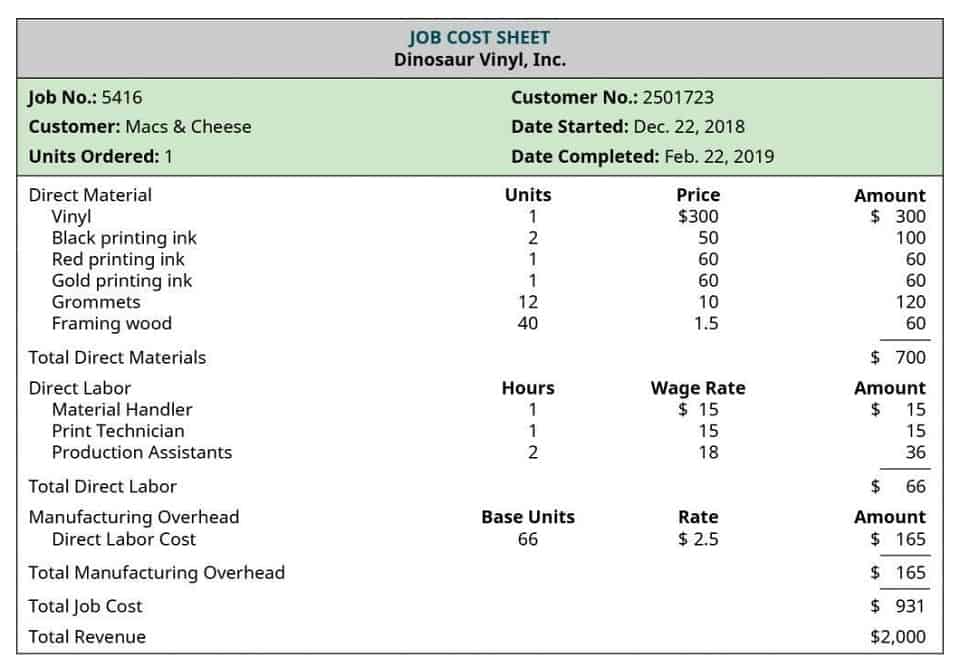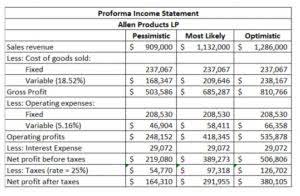Net Working Capital Formula Example Calculation Ratio

To calculate working capital, subtract a company’s current liabilities from its current assets. Both figures can be found in public companies’ publicly disclosed financial statements, though this information may not be readily available for private companies. Gross working capital refers to the total current assets a company has on hand to conduct its business operations, such as cash, inventory, and accounts receivable. On the other hand, the change in net working capital measures the change in a company’s working capital over a period. Working capital represents the difference between a firm’s current assets and current liabilities.
Is Negative Working Capital Bad?

Read this page slowly, and download the worksheet to take with you because the whole topic of changes in working capital is very confusing. The articles and research support materials available on this site are educational and are not intended to be investment or tax advice. All such information is provided solely for convenience purposes only and all users thereof should be guided accordingly. In the worksheet, the proposed dividend account is prepared by crediting the opening balance and debiting the closing balance. The provision for bad debts will be treated as surplus when all debtors are good.
- For example, if a company has $1 million in cash from retained earnings and invests it all at once, it might not have enough current assets to cover its current liabilities.
- Since companies often purchase inventory on credit, a related concept is the working capital cycle—often referred to as the “net operating cycle” or “cash conversion cycle”—which factors in credit purchases.
- To calculate funds from operation, the difference between the closing and opening balances of provision for bad debts shall be taken into account.
- It could indicate that the company can utilize its existing resources better.
- Buffett’s brief mention of working capital in his letter when he first brought up the idea of owner earnings honestly made things even more confusing.
What is Negative Net Working Capital?

With enough net working capital, a company might be able to keep its operations afloat and avoid running into financial trouble. Another financial metric, the current ratio, measures the ratio of current assets to current liabilities. Unlike working capital, it uses different accounts in its calculation and reports the relationship as a percentage rather than a dollar amount. For example, if a company has $100,000 in virtual accountant current assets and $30,000 in current liabilities, it has $70,000 of working capital. This means the company has $70,000 at its disposal in the short term if it needs to raise money for any reason. It is an indicator of operating cash flow, and it is recorded on the statement of cash flows.
Explore our full suite of Finance Automation capabilities

Negative working capital is when current liabilities exceed current assets, and working capital is negative. Working capital could be temporarily negative if the company had a large cash outlay as a result of a large purchase of products and services from its vendors. Positive working capital is when a company has more current assets than current liabilities, meaning that the company can fully cover its short-term liabilities as change in nwc they come due in the next 12 months. Positive working capital is a sign of financial strength; however, having an excessive amount of working capital for a long time might indicate that the company is not managing its assets effectively.
- Net working capital changes reflect shifts in your company’s operating assets and liabilities that impact cash flow and investments.
- If the Net Working capital increases, we can conclude that the company’s liquidity is increasing.
- Whether the asset or liabilities side has the increment is going to determine whether you include or exclude the change in working capital.
- Instead of an equation just telling you what working capital is, the real key is to understand what the change part means and how to interpret and use it when analyzing and valuing companies.
- In addition to handling day-to-day expenses, net working capital provides the financial resources needed to seize growth opportunities.
- The overarching goal of working capital is to understand whether a company can cover all of these debts with the short-term assets it already has on hand.
Working Capital Ratio
Tracking these changes is essential for evaluating short-term financial health, and several factors influence NWC. Investment decisions also play a role as investments in new equipment or technology can alter the balance between current assets and liabilities. Finally, expenses such as payroll and rent contribute to monthly fluctuations.
- By analyzing these metrics, your business can determine if net working capital requires immediate attention to avoid financial trouble.
- Net Working Capital represents the difference between a company’s current assets and current liabilities.
- Another way to measure working capital is to look at the working capital ratio, which is current assets divided by current liabilities.
- The components of net working capital include current assets such as cash, cash equivalents, and prepaid expenses as well as inventory and accounts receivable assets you can convert to cash within a year.
- It shows how efficiently a company manages its current resources, such as cash, inventory, and accounts payable.
- This calculation helps assess a company’s short-term liquidity and operational efficiency.
Even though the payment obligation is mandatory, the cash remains in the company’s possession for the time being, which increases its liquidity. Working capital as a ratio is meaningful when compared alongside activity ratios, the operating cycle, and the cash conversion cycle over time and against a company’s peers. In our example, if the retailer purchased the inventory on credit with 30-day terms, it had to put up the cash 33 days before it was collected. The working capital cycle formula is days inventory outstanding (DIO) plus days sales outstanding (DSO), subtracted by days payable outstanding (DPO). Since companies often purchase inventory on credit, a related concept is the working capital cycle—often referred to as the “net operating cycle” or “cash conversion cycle”—which factors in credit purchases. For example, if it takes an appliance retailer 35 days on average to sell inventory and another 28 days on average to collect the cash post-sale, the operating cycle is 63 days.

A negative net working capital, on the other hand, shows creditors and investors that the operations of the business aren’t producing enough to support the business’ current debts. If this negative number continues over time, the business might be required to sell some of its long-term, income producing assets to pay for current obligations like AP and payroll. Expanding without taking on new debt or investors would be out of the question and if the negative trend continues, net WC could lead to a company declaring bankruptcy. A positive calculation shows creditors and investors that the company is able to generate enough from operations to pay for its current obligations with current assets.
Working Capital Ratio Formula
Stronger growth calls for greater investment in accounts receivable and inventory, which uses up cash. This, in turn, can lead to major changes in working capital from one month to the next. In fact, cash and cash equivalents are more related to investing activities, because the company could benefit from interest income, while debt and debt-like instruments would fall into financing activities. Put together, managers and investors can gain critical insights into a business’s short-term liquidity and operations. Suppose an appliance retailer mitigates these issues by paying for the inventory on credit (often necessary as the retailer only gets cash once it sells the inventory). CARES Act For many firms, the analysis and management of the operating cycle is the key to healthy operations.
What is a statement of changes in working capital?
It can also help you track trends over time, so you can make adjustments as needed. Generally, provision for bad debts is deducted from sundry debtors and the net amount is shown in the statement of changes in working capital. By analyzing these metrics, your business can determine if net working capital requires immediate attention to avoid financial trouble.




